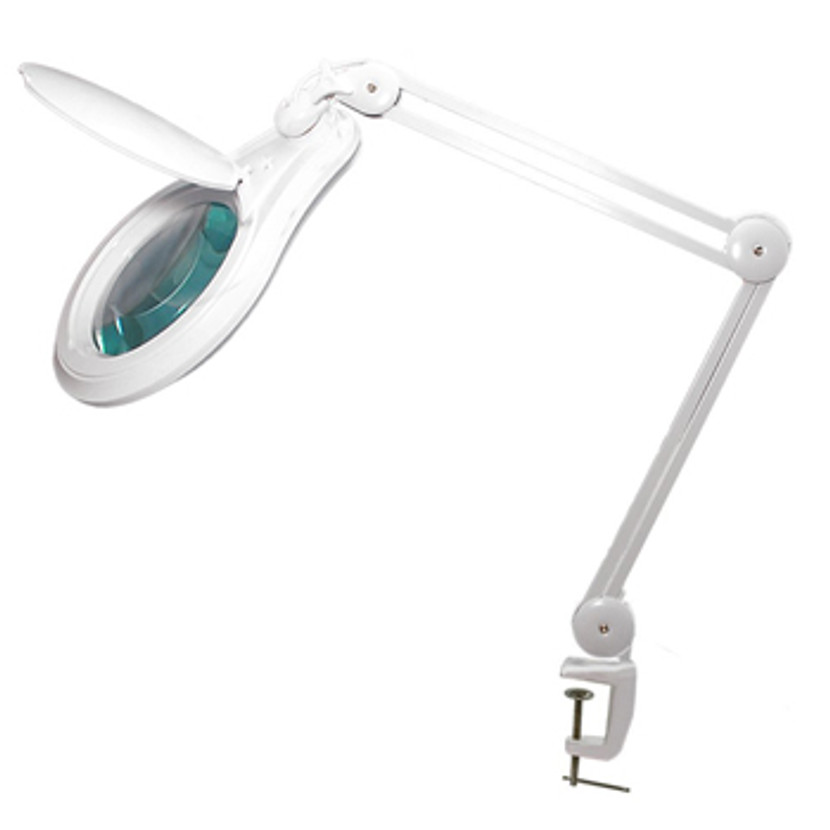Where to Buy a Microscope?
We know buying a microscope can be tricky, especially if you don’t know where to start. We came up with a few tips and tricks to make it a breeze to purchase your perfect microscope.
For Beginners, Schools, and Homeschools:
First, is the classification of microscope. The two main types of microscopes are Compound Microscopes and Stereo Microscopes. What you are inspecting will determine if you need a compound or stereo microscope.
Compound microscopes are also known as Biological Microscopes, because they are used for biological purposes. If you are viewing very small specimen or preparing slides, such as the internal structures of cells, blood samples, bacteria, pond scum, water organisms, we recommend a compound biological microscope.
Stereo microscopes are great for viewing the surface of a larger specimen. We recommend a stereo microscope if you are viewing insects, leaves, rocks, gems, stamps, and coins.
For a more detailed explanation, read our Microscope Buying Guide here.
Biological Microscope for Beginners
Stereo Microscope for Beginners
For Research, Labs, and Professionals
Depending on your application, we also offer a wide variety of different types of microscopes, including polarizing, fluorescence, metallurgical, digital, video, gemology and jewelry microscopes.
If you are doing field research, the portable microscope can be easily transported to inspect objects on hikes or outdoors.
Other Options
If you are soldering or working with electronics, such as mobile phone, tablet, or computer repair, we recommend using an ESD magnifying lamp. This is a great alternative to a microscope, as it gives you more working space and a wider field of view.
Need help finding the right microscope? We can help!
Email us at: sales@bolioptics.com
Recent Posts
-
Sep 4th 2025 | Posted by BoliOptics
How to Measure Your Microscope Eyepiece for the Correct Reticle Size
Buying the right microscope reticle starts with one critical step: measuring the internal diameter o … -
Oct 3rd 2024 | Posted by BoliOptics
How to Calculate a Microscope Camera's Total Digital Magnification
To calculate the total magnification of a traditional microscope with eyepieces and objectives, you … -
Sep 14th 2023 | Posted by BoliOptics
How to Convert Diopters to Magnification
Diopter indicates the amount of curvature of a lens. The thicker the lens, the bigger the curvature. …

